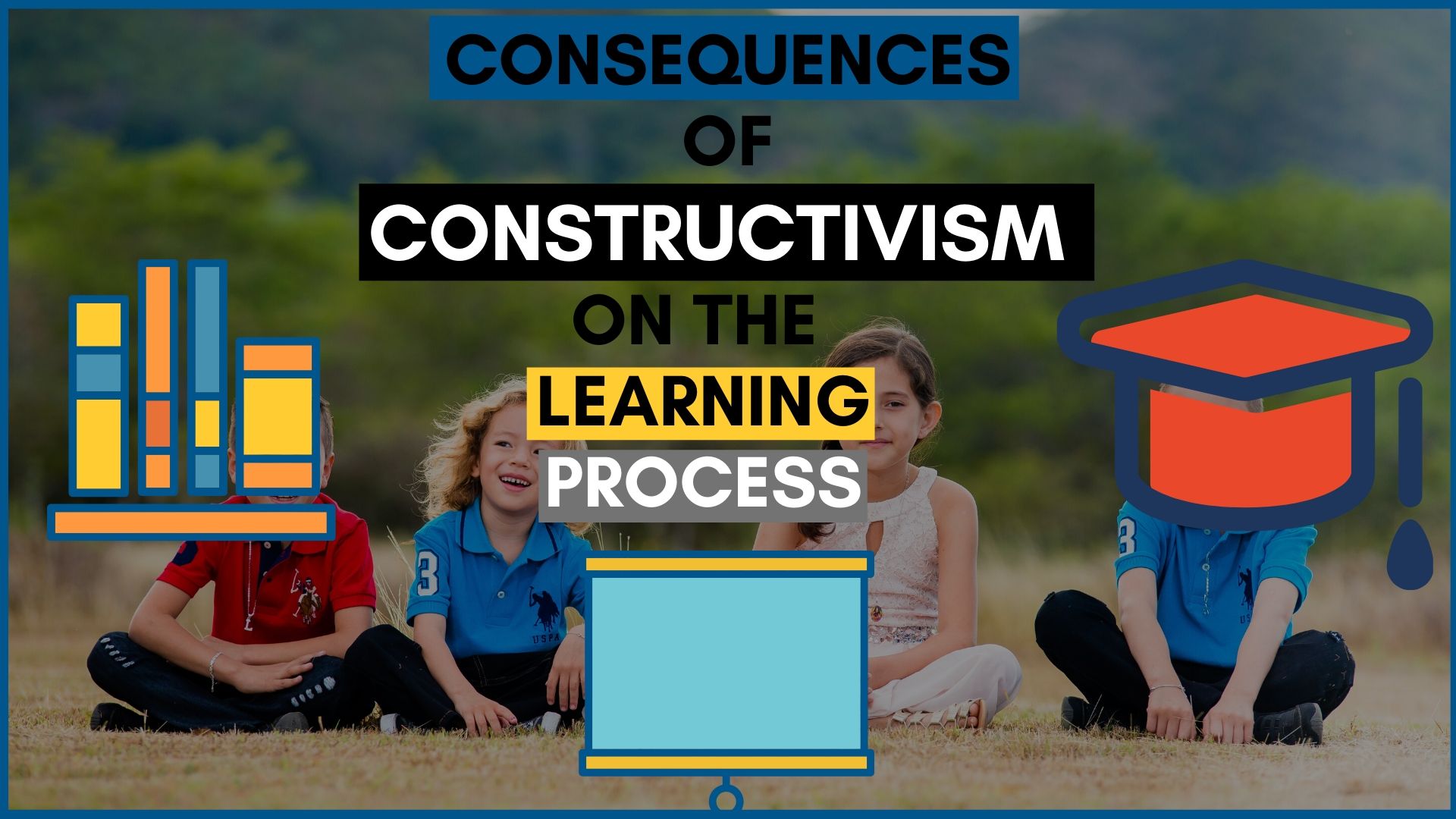Evaluation is an integral part of the education system. It not only helps gauge a student’s progress but also provides valuable feedback to educators. Today, we’ll be exploring the different types of evaluation in education that are used and their significance.
Table of Contents
Formative Evaluation: Shaping Learning Along the Way
Formative evaluation is all about continuous feedback. It occurs during the learning process, allowing educators to make adjustments and students to enhance their understanding. This type of evaluation includes quizzes, class discussions, and even self-assessments.
Summative Evaluation: Assessing Overall Learning
Summative evaluation, as the name suggests, is a comprehensive assessment of a student’s learning. It often takes place at the end of a unit or course and is typically represented by exams or projects. Summative evaluation provides a summary of what a student has learned.
As one of the types of evaluation in education, summative evaluation is a crucial tool in assessing the effectiveness and success of any project or program. It refers to the process of evaluating and judging the overall outcome or impact of a particular initiative. This evaluation is typically conducted at the end of a project’s implementation phase, allowing stakeholders to measure the extent to which the project met its goals and objectives.
Summative evaluation takes into account various factors, including the original project plan, the actual outcomes, and the project’s long-term effects. By providing a comprehensive analysis of the project’s success, summative evaluation enables decision-makers to make informed judgments regarding future improvements and adjustments. With its emphasis on measuring final results, this type of evaluation plays a vital role in ensuring accountability, guiding resource allocation, and enhancing overall project performance.
Norm-Referenced Evaluation: Comparing Against Peers
Norm-Referenced Evaluation, also known as norm-referenced assessment or grading, is a widely used method for evaluating and comparing an individual’s performance to that of a group. By establishing a reference group or “norms,” this evaluation approach allows for a standardized and objective measurement of an individual’s abilities.
In norm-referenced evaluation, the individual’s performance is typically reported as a percentile rank, which indicates their position relative to the reference group. This method is widely employed in educational settings, such as grading exams or standardized tests, as it provides valuable information on an individual’s strengths and weaknesses compared to their peers. Additionally, it helps to maintain consistency and fairness in evaluation across different contexts and timeframes.
Norm-referenced evaluation offers valuable insights into an individual’s performance by providing a meaningful frame of reference for their achievements.
Norm-referenced evaluation focuses on how a student performs in comparison to their peers. This type of evaluation is often used in standardized tests, where a student’s score is compared to a larger group. It helps provide a relative understanding of a student’s performance.
Criterion-Referenced Evaluation: Meeting Specific Standards
In criterion-referenced evaluation, the focus is on whether a student has met specific standards or criteria. This type of evaluation is commonly used in competency-based assessments, where the emphasis is on mastery of skills rather than comparison to others.
Criterion-referenced evaluation is a widely-used assessment method that evaluates performance based on predefined criteria or standards, rather than comparing individuals to their peers. It provides a systematic and objective approach to determining whether learners have achieved specific learning objectives or competencies. With criterion-referenced evaluation, the emphasis is on measuring what learners are able to do, rather than how they compare to others.
This form of assessment is particularly useful in educational and professional settings, as it allows for the identification of individual strengths and weaknesses, pinpointing gaps in knowledge or skill development. By using clear criteria and benchmarks, criterion-referenced evaluation provides both educators and learners with valuable feedback, promoting a deeper understanding of the subject matter and facilitating targeted instruction and improvement.

Diagnostic Evaluation: Identifying Areas of Improvement
Diagnostic evaluation is an essential process in both educational field, providing crucial insights into an individual’s condition or abilities. In education, diagnostic evaluation is used to assess a student’s learning strengths and weaknesses, helping educators tailor their teaching methods and interventions accordingly.
By systematically gathering pertinent information, diagnostic evaluation enhances decision-making, ensures accurate diagnosis, and lays the foundation for effective treatment or support. Its significance lies in its ability to provide a clear and actionable roadmap for healthcare professionals and educators, enabling them to better understand and address an individual’s needs.
Diagnostic evaluation is like a deep dive into a student’s learning. It helps identify their strengths and weaknesses, allowing educators to tailor their instruction accordingly. Diagnostic evaluation often involves assessments that target specific skills or knowledge areas.

Types of evaluation in education: The Multifaceted World of Evaluation in Education
Evaluation in education is not a one-size-fits-all approach. There are 5 major types of evaluation in education, and each one of them serves a unique purpose, be it providing feedback, assessing overall learning, or identifying areas of improvement. By understanding these types of evaluation in education, students can actively engage in their learning journey, and educators can fine-tune their teaching strategies.


